Drought-- Have you given up on this year's garden?
osucowboys405
11 years ago
Related Stories
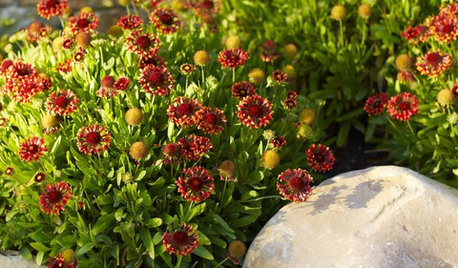
GARDENING FOR BUTTERFLIESGreat Design Plant: Blanket Flower Brings Year-Round Cheer
It's irresistible to wildlife, but this wildflower's drought tolerance, copious blooms and versatility draw human fans too
Full Story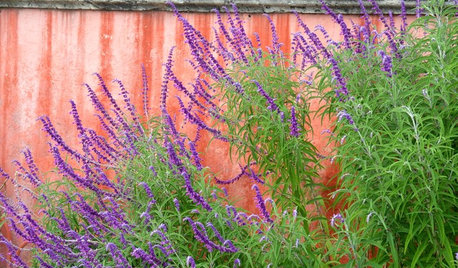
GARDENING GUIDES10 Plants for Colorful Fall Blooms in the Drought-Tolerant Garden
Want fall color but not a big water bill? Consider these not-too-thirsty fall bloomers
Full Story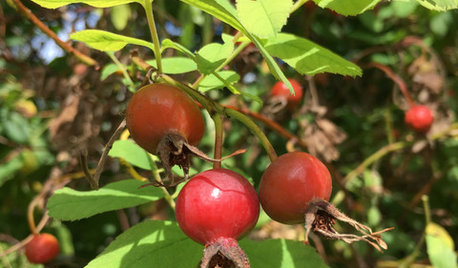
ROSESSmooth Rose’s Arching, Not-So-Thorny Canes Provide Beauty All Year
Plant Rosa blanda, native from the Great Lakes eastward, for its long bloom season, pollinator food and attractive red hips in autumn
Full Story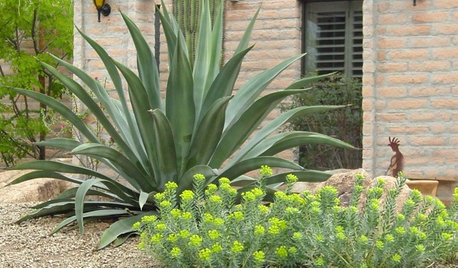
GARDENING GUIDESHow to Spot a Drought-Tolerant Plant
Label? Who needs a label? Learn the characteristics of plants that can thrive in hot, dry conditions to help you pick the right ones
Full Story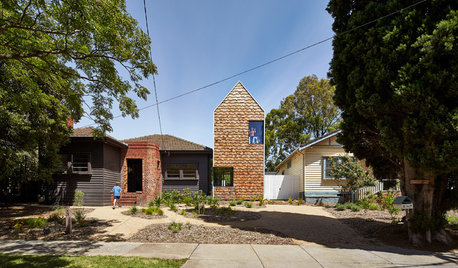
MOST POPULARHouzz Tour: A Playful Home Drawn Up by 8-Year-Old Twins
Plans for this innovative tower home in Melbourne were going nowhere — until the homeowners’ twins came to the rescue
Full Story
FALL GARDENINGReflecting on a Gardening Year
Mistakes and successes, surprises and comforts. The garden helps us grow in new ways every year
Full Story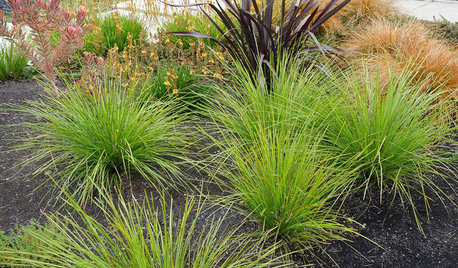
GRASSESVersatile Breeze Mat Rush Sails Into Drought-Tolerant Yards
Grassy Lomandra longifolia thrives year-round in shady and sunny gardens, in containers and in the ground
Full Story
GARDENING GUIDESGreat Design Plant: Snowberry Pleases Year-Round
Bright spring foliage, pretty summer flowers, white berries in winter ... Symphoricarpos albus is a sight to behold in every season
Full Story
GARDENING GUIDES10 Drought-Tolerant Shrubs That Thrive in Full Sun and Reflected Heat
Got a hot spot in your garden where plants often die? Try these tough shrubs that add beauty while shrugging off the heat
Full Story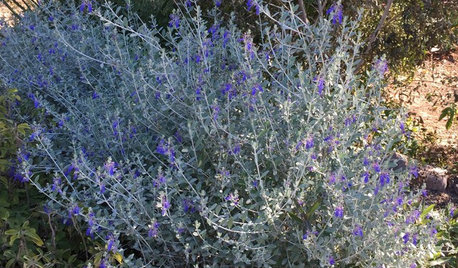
GARDENING GUIDESGreat Design Plant: Teucrium Fruticans for Drought-Tolerant Gardens
The silvery-gray foliage and blue flowers of this Mediterranean native stand out in low-water landscapes
Full Story





mulberryknob
slowpoke_gardener
Related Professionals
Zion Landscape Architects & Landscape Designers · Washington Landscape Architects & Landscape Designers · Canyon Lake Landscape Contractors · Galt Landscape Contractors · Hilo Landscape Contractors · Seven Hills Landscape Contractors · Asheville Decks, Patios & Outdoor Enclosures · Bloomington Decks, Patios & Outdoor Enclosures · Grandview Decks, Patios & Outdoor Enclosures · Houston Decks, Patios & Outdoor Enclosures · Huber Heights Decks, Patios & Outdoor Enclosures · Issaquah Decks, Patios & Outdoor Enclosures · Parker Decks, Patios & Outdoor Enclosures · Saint Louis Park Decks, Patios & Outdoor Enclosures · Salisbury Decks, Patios & Outdoor Enclosuresmerrybookwyrm
MiaOKC
Okiedawn OK Zone 7
Okiedawn OK Zone 7
Shelley Smith
Okiedawn OK Zone 7
Shelley Smith
mulberryknob
Macmex
Macmex
Okiedawn OK Zone 7
okievegan
jcatblum
quailhunter
Shelley Smith
Okiedawn OK Zone 7
Shelley Smith
Okiedawn OK Zone 7
chickencoupe
susanlynne48
ezzirah011
bettycbowen
Okiedawn OK Zone 7
bettycbowen
Lisa_H OK